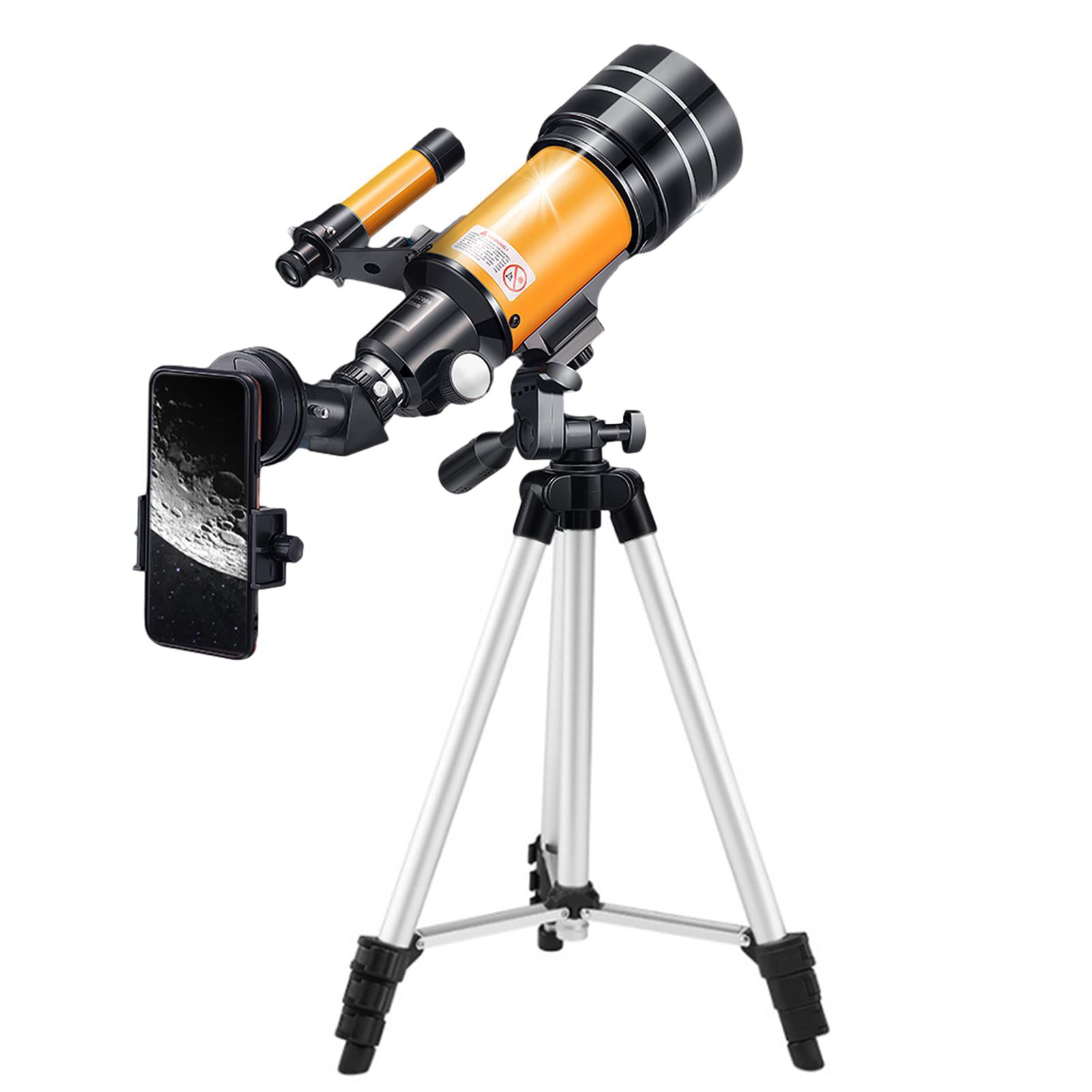


This type of telescope used to be the telescope design of choice among astronomers, but in recent years, more and more astronomers are choosing reflecting telescopes. This telescope is located at the Yerkes Observatory in Williams Bay, Wisconsin and it was built in 1897. These telescopes can range in size from 60 millimeters to the world’s largest telescope, which is 1 meter in size. The telescope he used was said to be less than 2 inches. Galileo Galilei was an Italian astronomer from the 1600’s and he first used this type of telescope in the year 1609. Who was the first person to use refracting telescopes? The tube helps to protect the lens from getting dirty or gathering any moisture on it. The lens that you look through at the front of the telescope is called an ocular or eyepiece. The distance from the objective lens to the image at the back of the tube is called the focal length. The image is made even clearer as it passes through the eyepiece. His design was a refracting telescope with a convex objective lens and a concave eyepiece. In (d) is the Hubble image after the repair mission in 1994. Credited with being the first to invent the telescope in 1608.


In (c) is the Hubble image after image processing to remove some of the effects of the optical errors. In (b) is the same cluster seen with the Hubble before its repair mission in 1994. The light from stars or other celestial objects passes through the lens and when it does, it gets bent, so that it forms an image at a focal point near the back of the telescope. Here the first picture (a) is a ground based image of a star cluster. Instead, this type of telescope has an objective lens permanently attached to the front end of a tube. One can get special lenses that have a special coating to reduce the amount of chromatic aberration but they are expensive.Refracting telescopes don’t use mirrors. The result of this is that the edges of the image are blurred and coloured like fuzzy rainbows. This is how a prism splits white light into the visible spectrum. Smaller wavelengths refract more than longer wavelengths. Different wavelengths of light refract by different amounts. (eyepieces with smaller focal lengths are more powerful as they need to bend the light more). Less powerful to locate the star and more powerful to observe it closely. When you want to observe a star you will often switch eyepieces. Then, the telescope uses a lens to bend the light and form an image. You don’t always want an incredibly high magnification, e.g. A refracting telescope observes distant objects by collecting and focusing light. Star gazers usually have a selection of eyepieces at hand. a refracting telescope has an objective of focal length 70cm and eyepiece 5cm. The magnification of a refracting telescope is equal to the focal length of the objective divided by the focal length of the eyepiece.Į.g. The magnification of a telescope or any optical instrument is how much bigger the image is compared with the object. We can represent this using a ray diagram which shows the path of imaginary rays of light passing through the telescope.įrom the diagram above we can see that the distance between the lenses is the sum of the focal lengths of the two lenses. Basically the objective lens produces an image of a distant object at its focus and the eyepiece lens magnifies this image. a star or planet.Ī simple refracting telescope consists of two lenses, the Objective and the eyepiece. A refracting telescope uses a combination of lenses to produce an image of a distant object, e.g. A lens is a piece of glass designed to bend the light that passes through it in such a way that an image may be produced. When a wave such as light passes from one medium to another at an angle it changes direction. In this article we will focus on refracting telescopes, although there are other types of telescopes such as reflecting. Telescopes also help us see many more stars than we can ever could with the naked eye. This includes the detail on the surfaces of close objects like the Moon and the planets. Since the invention of telescopes astronomers have been able to see a considerable amount when gazing into the vastness of space.


 0 kommentar(er)
0 kommentar(er)
